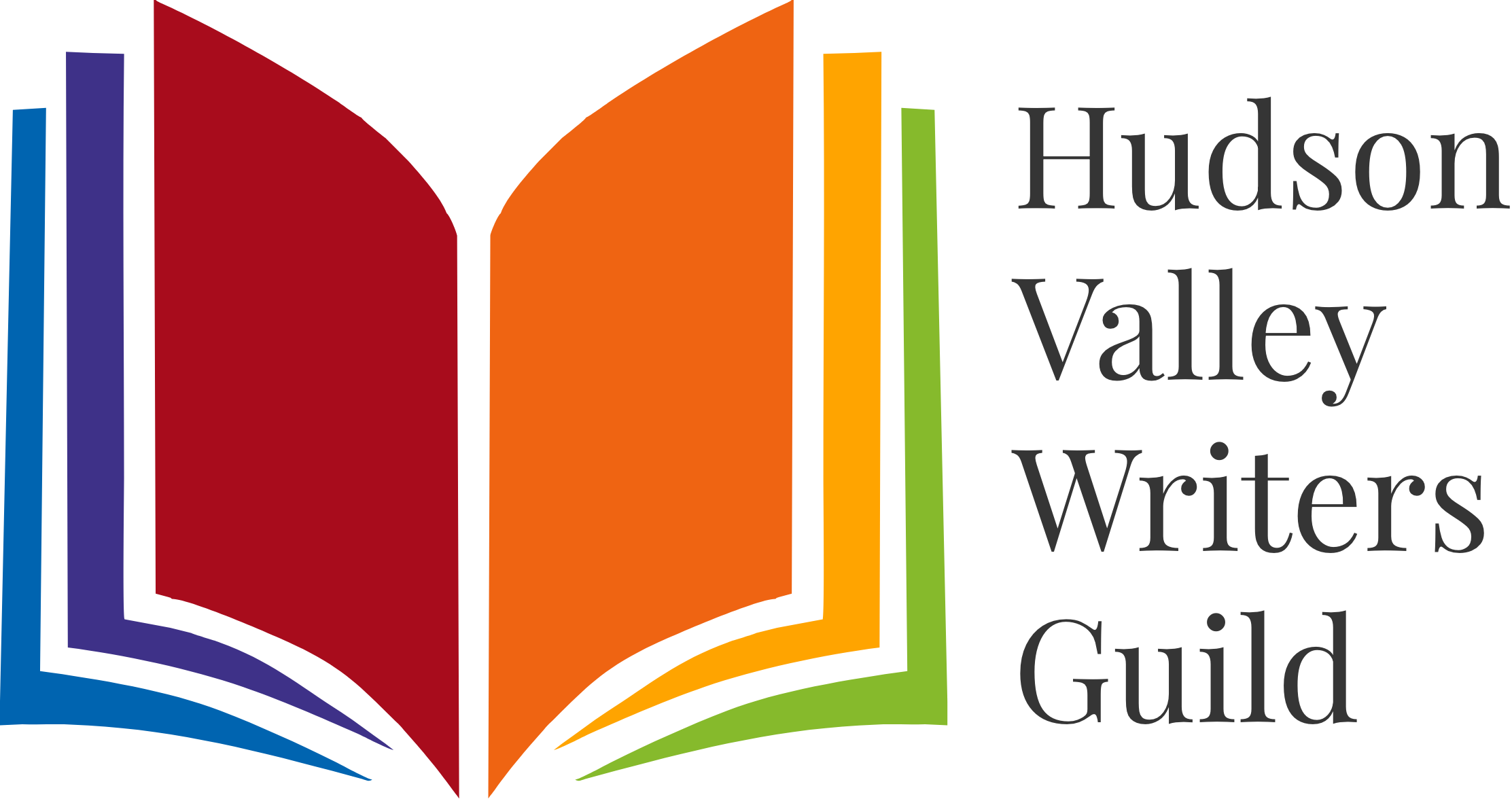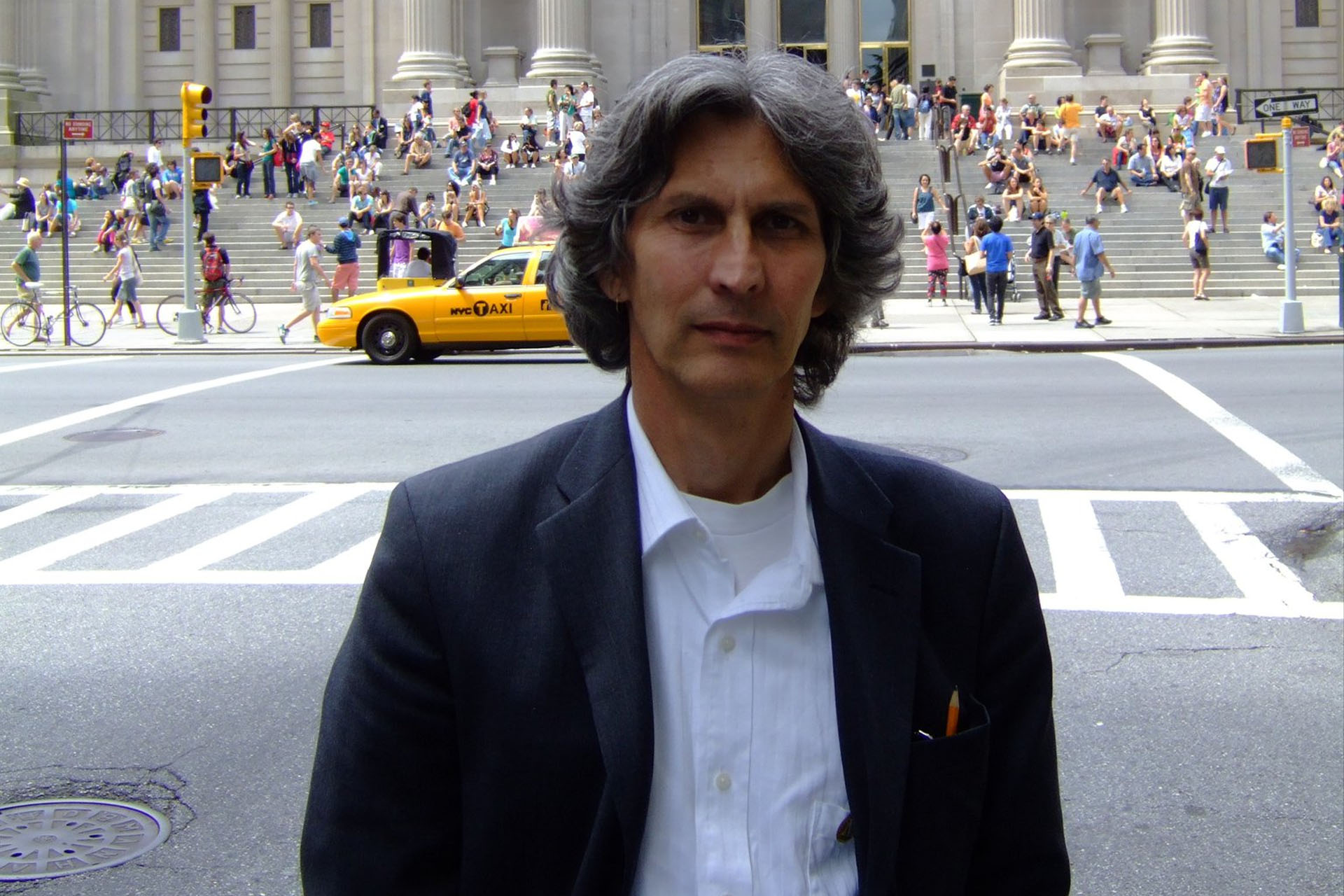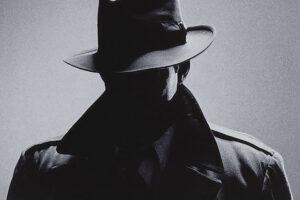WET SUNDAY MORNING! I began selling my books in a makeshift booth; shielding them from bolshie wind-gusts and vagrant rain pellets. Futile. People scurried by, heads down, on this cold, rainy day at the Fall Farm Fair in upstate New York! Business was bound to be scanty. I didn’t care; even the sale of one book is whoopee worthy.
Before long, my lips turned blue, which they remained for the rest of the day, though I combated the coloration and cold with cups of hot coffee. Intermittently, the rains eased and I enjoyed a few routine and friendly conversations with passersby, though my book piles remained undiminished. Around noon the sun peeked through and I talked a browser into buying my children’s book, The Invisible Boat, for his 9-year-old son, who fondled the book, staring longingly at the evocative cover – three kids, a dwarf and a water sprite on a small boat, sailing through rough waters in which a one-eyed monster lurks. The rains returned and people sought shelter – elsewhere.
After the downpour a woman with her young daughter stopped, dawdled, and carefully fingered through my entire selection in silence, all eight books, not looking up once. Eventually, she picked up Meet Me at the Met for the third time, met my eye and said that her father had worked as a docent at the Metropolitan Museum of Art for many years. Duly impressed and glad to find someone who had a connection to that cultural epicenter, I declared, a bit too effusively, that it was my favorite museum in the world, even over and above the Louvre and Uffizi, after which I delivered my perfunctory two-sentence plot summary of the novel. She nodded, smiled and said, “I’ll take it.” To my delight she also bought the children’s book for her daughter. By 4 p.m. and one more sale I called it quits, went home, and warmed myself up by the woodstove.
About ten days later I received an unexpected email:
Dear Eric,
My daughter, Marina, obtained this book from you, inscribed to me (Peter). I find your book very interesting, in particular since I have served as a Docent at The Met since 2005. I am familiar with all the images in your book.
Sincerely,
Peter Kubicek
P.S. If you are willing to give me your precise home address, I would like to reciprocate by mailing you MY book
I was thrilled. It’s always a great pleasure to receive some echo about one’s writing. Any interest is honored. And his intention to send me a copy of his book was a welcome bonus. Curious as to what kind of book he’d written I immediately googled him, assuming it was about art. Instead, I was surprised to discover that his book, Memories of Evil: Recalling a World War II Childhood, dealt with his experiences in six different German concentration camps. He was holocaust survivor!
From then on, I received emails from Peter every few days, some personal, others to a select group of friends and acquaintances. He attached links to articles or YouTube videos about the Holocaust, anti-Semitism, or current political issues – mostly his concern about the rise of Trump.
When Memories of Evil arrived, I read the slim volume in two intense sittings, after which – compelled to convey my thoughts – I shot him an email. His prompt, understated reply ended with, “Now that I have finished reading your interesting book […] I think it’s time that we met – obviously at The Met.” I was delighted, and we agreed to meet on Thursday, December22nd at 11 a.m.
My wife and I departed early to allow for some coffee before the scheduled meeting. Peter had made it clear that he first wanted to make the rounds of the museum before inviting us to the Staff Dining Room. But I need my coffee before I embark on any artistic tour – and besides, it’s a long-standing tradition Martina and I have shared for years. That morning the traffic was surprisingly fluid, and we made it down in just over two hours, arriving precisely at 10 a.m. – opening time. We were the first customers at the American Wing Café, and the Cappuccino was surprisingly good (the quality vacillates). How luxurious to sit once again in that spacious airy atrium, surrounded by all those sculptures, with the morning light shining through the expansive skylights. We hadn’t frequented the Met for at least eight months. High time.
Close to 11 a.m., via the Equestrian Court, we strolled to the designated meeting place: the lower coatroom situated by the 81st street entrance. He said he’d wait for us by the wood benches at the end of the narrow gallery. He’d sent me a photo of him standing in front of Jackson Pollock’s Autumn Rhythm, (Number 30) so that I would recognize him. We were a couple of minutes early and Martina disappeared into the adjacent gift shop. A minute later an elderly man with white hair and chin-curtain beard rounded the corner, wearing an official Met nametag, bearing the headshot of the photo he’d sent me. “Peter?” I asked, approaching him. I think he expected me to look different, because he hesitated before shaking my outstretched hand. He appeared older, smaller and more delicate than I had imagined, based on the photo – almost elfin. Martina joined us at that moment, and I introduced them, after which she departed, promising to meet up with us in the Great Hall at 12:30 by the octagonal information desk.
After Martina left, he said, looking straight at me, “I only have two questions about your book. First, is it fictional or true?”
“Mostly fictional, though some biographical details are woven into the novel.”
“Second: why do you spell your name, Müller, with an umlaut?” I was taken aback, but I explained that I was being true to my Swiss heritage, and that two of our mills up in the Swiss Alps, built by my grandfather and great grandfather, are still intact, though they’ve now been turned into museums. He looked at me quizzically, and then, without another word, turned to start the tour. I followed him up the stairs, wondering whether he deemed it bad that my name has an umlaut. It does accentuate the German element. I shrugged it off.
We slowly made our way through the Greek and Roman galleries, passing through the Great Hall to the Byzantine exhibit underneath the Grand Stairway, and onward to the medieval gallery in which the Christmas tree and Neapolitan Crèche was installed. He stopped and gestured toward the exquisitely decorated spruce, reaching over 20 feet above us, adorned with a host of finely crafted angels and cherubs – an annual installation going back to the 1960’s. He fixed his gaze at the multifaceted nativity scene, murmured something inaudible, and moved on.
As we walked along he commented on various art pieces, and told little anecdotes of his time as a docent, from which he’d resigned a couple of years ago, though he still enjoyed the docent emeritus status, which came with perks, such as free entrance, access to some restricted areas, and selected discounts. Most of the general information was familiar to me, having researched the Met quite exhaustively while writing Meet Me at the Met. However, he stopped in front of many artworks that I had usually bypassed, which was refreshing, besides giving me insights into the man who had gone through so much trauma, seen the worst of humanity, and experienced manifestations of evil, first hand. I was touched by the love he exhibited toward these masterpieces, and surprised by some of the artwork he pointed out, like a small finely crafted wooden relief of Christ being lifted from the cross, or the European tapestries from the Late Middle Ages and Early Renaissance. His deep appreciation for artistic skill and delicacy shone through. Usually I connect to individual pieces based on my own insights and inclinations, but now I was looking at the art through his eyes, his world.
We continued our leisurely, perambulation though the European Petrie Sculpture Court, viewing Perseus and Rodin’s The Burghers of Calais, which he loved. I was only half attentive to his words, thinking of him as a child, separated first from his father, who had luckily made it out of Czechoslovakia in time, and later from his mother and the rest of the family, when they were sent to Bergen-Belsen, where his mother remained, while he was shuttled through five more camps. What must that do to a person, especially during the vulnerable formative years? As we walked from gallery to gallery, I tried to find out more about him, but he eluded my queries by pointing to a painting, or simply refraining from answering. Occasionally he offered some insights into his family, an anecdotal reference to his wife, twin daughters, or his grandchildren.
Up at the modern art galleries we met up with Martina by chance in the Lila Acheson Wallace Wing. It was just past noon, and from then on, she stayed with us. Via the Impressionists and Expressionists, we meandered toward the Asian art section, which was his favorite. Another surprise. On the way we stopped off at the Drawings and Prints offices, where we met Allison Rudnick, the assistant Curator, and another woman who was copying one of Rubin’s exquisite drawings. Alison had been on a tour to India with Peter and his wife, and within seconds she got him to laugh as they reminisced. It was heartening to observe Peter, who’d appeared somewhat dour and withdrawn, relax and lighten in her convivial company. Allison invited us to make an appointment to view the hundreds of prints and drawings whenever we wanted to. We are still determined to take her up on the offer.
By now my legs were aching. It was getting close to one o’clock. Martina and I were ready for a lunch break. But Peter showed no signs of slowing down. The Asian art gave him a second wind, and he stopped repeatedly, pointing out the beauty of diverse Chinese, Japanese, and Indian figurines and sculptures.
A full hour later we finally descended to the Staff Dining Room, situated underneath the Egyptian galleries. It caters to over 300 employees, and it is spacious and more comfortable than the public restaurant situated underneath the Medieval section. I still dearly miss the roomy old restaurant that was transformed into the Roman Court: its dim lights, fountain, plants, comfy plush chairs, the meals accompanied by a tuxedo clad pianist behind the grand piano playing a Mozart sonata, a Chopin nocturne, or a Jazz classic.
Over lunch I again prodded for personal tidbits in my vain endeavor to glean some morsels of information. I asked whether he’d ever returned to the former Czechoslovakia (present Slovak Republic). The question seemed to annoy him. “I’ve left that life behind me. I try to forget about it.” He looked down, stabbed at the salad, before adding, “But, of course, I cannot forget.”
Gradually, he shared some more of his past; about his father finally getting the papers that got him and his mother to the States, his reunion with his mother, who had miraculously survived Bergen-Belsen, and finally their reunion with his father in New York. I knew much of this from his book, but his firsthand account made it more immediate and direct. “Most of the books written about the Holocaust list all the names of family members that have died. I wrote about all those that survived.” That was life affirming! For a while we continued eating in silence, and I didn’t expect him to reveal much more, when he put down his knife and said, “Getting back to my Holocaust experiences; though I am now a well-adjusted individual – at least I think so – it is always with me under the surface of my consciousness. That does not mean that whenever I wake up, I think of the Holocaust, but if you do wake me up during the night and ask me for prisoner number, I will say 119,748 and go back to sleep. My wife once told me that I am obsessed by the Holocaust. I plead guilty to the charge.” Martina, as a German, apologized to him for what the Germans had done to him. It’s a guilt that many Germans share – surely one reason why the Germans were the most open to receiving Syrian and other refugees into their country. Peter kept chewing and didn’t respond. It was much easier talking about art, which filled out the rest of the conversation.
As we sauntered toward the coatroom Peter couldn’t resist stopping off at sundry galleries, coming alive again, finding his voice, pointing out this and that. Eventually we made it out of the museum and walked toward the busses. As soon as his bus arrived, he nudged my arm, flicked his hand in an offhand wave, and got on without another word. No goodbyes. We watched him walk down the aisle. He didn’t turn around. As the bus disappeared into the traffic we strolled in silence through Central Park as far as the Alice in Wonderland sculpture before turning around.
We wondered whether we’d somehow offended him. He hadn’t been that easy to read. Had I probed too much? Were we too Germanic? Had I not paid enough attention to his artistic explications? Had he expected something other from our meeting? We drove home in silence. I recalled the ending of his book, where he describes the moment of his parting with his two best friends from the concentration camps. His parting with Artur was especially poignant, underscored by the lack of ceremony. After all they’d gone through – sharing their meager meals, sleeping tightly together for warmth, and withstanding the daily horrors and abuse – they parted ways without a word, their realities deadened by the inhumane conditions they were exposed to, never knowing whether they’d survive another day. The way he’d just walked off into the bus reminded me of that. How much trauma was still unprocessed within him?
The enigma didn’t leave me. I wanted to write to him – meaningful words, but the idea that we might have offended him in some way stayed with me. And I retraced my time with him, still trying to understand this 86-year-old man who had gone through such harrowing experiences, from which he clearly had not recovered, fully. He’d coped, made the best of his life, was successful, raised a family, got involved in his community, became a voluntary docent at the Met, wrote his memoir, gave talks on the Holocaust, traveled. Of course, no therapists, psychologists, or counselors were initially available for the survivors. They had to cope on their own. Most just never talked about their experiences. But we now know that for there to be any resolution, any closure, you have to tell your story, and name the hurt. Without that, as Desmond Tutu says so succinctly, it’s difficult to move on, to forgive. In writing his book, Memories of Evil, he told his story and named the hurt. But that story needs to be told many times. At the bottom of all his emails he included: never forget, never forgive. The deeds are unforgettable, and should not be forgotten, so that they may serve as a reminder of what not to repeat. Looking at our current world situation, especially the Syrian Civil War, and the war with ISIS, I wonder if the world will ever learn. Forgiving? That’s mysterious and personal. Forgiving is freeing, but it takes time.
When I had asked Peter how he came to love art so much he didn’t give me a direct answer, just saying that he and his wife started going to galleries and museums on the weekends and never stopped. The love with which he approached every piece of art made me think that he’d found his therapy. Art became his solace. It made perfect sense that he particularly loved Asian art – art forms and traditions outside of Europe or the Western world – because it represented a mindset, a soul-scape, a spirit-steppe, far removed from his source of pain. But maybe I was reading too much into it, for he simply emphasized the art’s overriding beauty, quoting Brancusi, “In the presence of an object of beauty, no explanations are necessary.” Martina also noticed that he was particularly drawn to movement – little Chinese dancing sculptures or the dancing statues of India. He was especially effusive when he talked about Vishnu, Shiva, or Ganesha, relating their mythic stories. Or the tenderness with which he spoke about baby Krishna, suckled by the milkmaid Yashoda, as we stood in front of the small 12th century copper statue. Or how he explained the importance of karma and reincarnation, so integral to the Hindu worldview, to which Martina, in a subsequent email to him responded so aptly: If one thought this consequently to the end, the people that wronged you and millions of others will find their reckoning on the path of Karma. So many have not been brought to justice in a way that would even get close to redeeming some of the evil committed, but nobody would be able to evade the universal, large, uncompromising laws of karma that will bring people and their deeds to justice over many life times to come. But nothing in this world will ever be able to make right what you had to suffer. Was his immersion in Indian art helping him to re-align himself, to heal? I decided to wait a day before writing to Peter.
He beat me to it. He sent me an email stating how great it was to meet my wife and me at the Met, and he wished us a happy new year. So, I didn’t have to feel bad after all. On the contrary, that same day he sent two more emails with photos of his family. I was touched by the gesture, and I said as much in my replies. However, late in the afternoon of December 24, as the sun was beginning to set, I received yet another email. In the subject line he wrote: A Story. And it was this very ‘story’ that put things in context. The story referred to the two boys he’d become friends with in the concentration camps, and their unceremonious parting. They’d been liberated on May 2nd, 1945, near the town of Schwerin in north Germany, after the harrowing 12 day ‘Sachsenhausen Hunger March.’ Kubicek paraphrased the wordless parting that he’d written about in his book: “We were not callous; we were not insensitive. We were simply emotionally dead. My entire concentration camp ordeal had felt surreal to me and thus Artur and Miki were equally unreal. Artur and I parted and we never saw each other again.”
But 67 years later, his ‘story’ relates, he gets a telephone call from the daughter of Artur. When the daughter finds out that she had indeed contacted the Peter Kubicek, she put Artur on the phone and they talked again, communicating in rusty Slovak, a language they’d barely used since leaving. Artur informs Peter that Miki is also still alive living in Haifa. A few weeks later he gets a call from Miki. This phone-reunification had taken place in 2012. They remained in touch and he sent them both a copy of his book. Three friends reunited. In a manner of speaking they’d never really parted, bonded through the hell they were forced to endure. It was a timely and significant reconnection for shortly after Miki fell ill and died.
I waited a day before I responded, letting this story sink in. On December 25, I responded with the words:
A story of human relations! Poignant, uplifting, and profound. It made me think of the mysterious strands of destiny — the powerful connections we make with others. The conditions in which the three of you met were so dire and deadening, but something lived on, transcending time and space. That you were able to reconnect after almost seven decades is remarkable. It is life affirming — it is light in the darkness. It is revelatory. Thank you for sending that story. It certainly is thought provoking — deeply human. […]
For a while I continued receiving regular emails from him, but over time they lessened and finally stopped. When December came around again, I found myself thinking about him again, wondering how he was faring. Finally, on December 22, exactly a year after our meeting at The Met, I decided to send him an email – attaching some photos of us that Martina had taken. A few days later his wife replied, informing me that he passed away on December 14th, adding, “The Met was one of his favorite pastimes. It’s where he was happy and engaged, which is the way I like to remember Peter.” I felt saddened, though I had only met him once.
Had his daughter not stopped by at my booth and bought Meet Me at the Met on that blustery and rainy day, I would never have had this significant encounter with this remarkable man and his extraordinary story. Experiences like that are worth more than any number of books sold.
Eric G. Müller was born in Durban, South Africa. After graduating from the University of the Witwatersrand, Johannesburg, South Africa, he continued his studies in England and Germany, focusing on drama, music, and education. He is the director of Teacher Education at the Alkion Center, and a humanities teacher at the Hawthorne Valley High School in Harlemville, New York. He has published numerous books, including novels, children’s books, and poetry.




Eric, this is a beautiful tale. Thank you for sharing it!
Thank you for your kind words. Much appreciated. And thank you for taking the time to read the story.